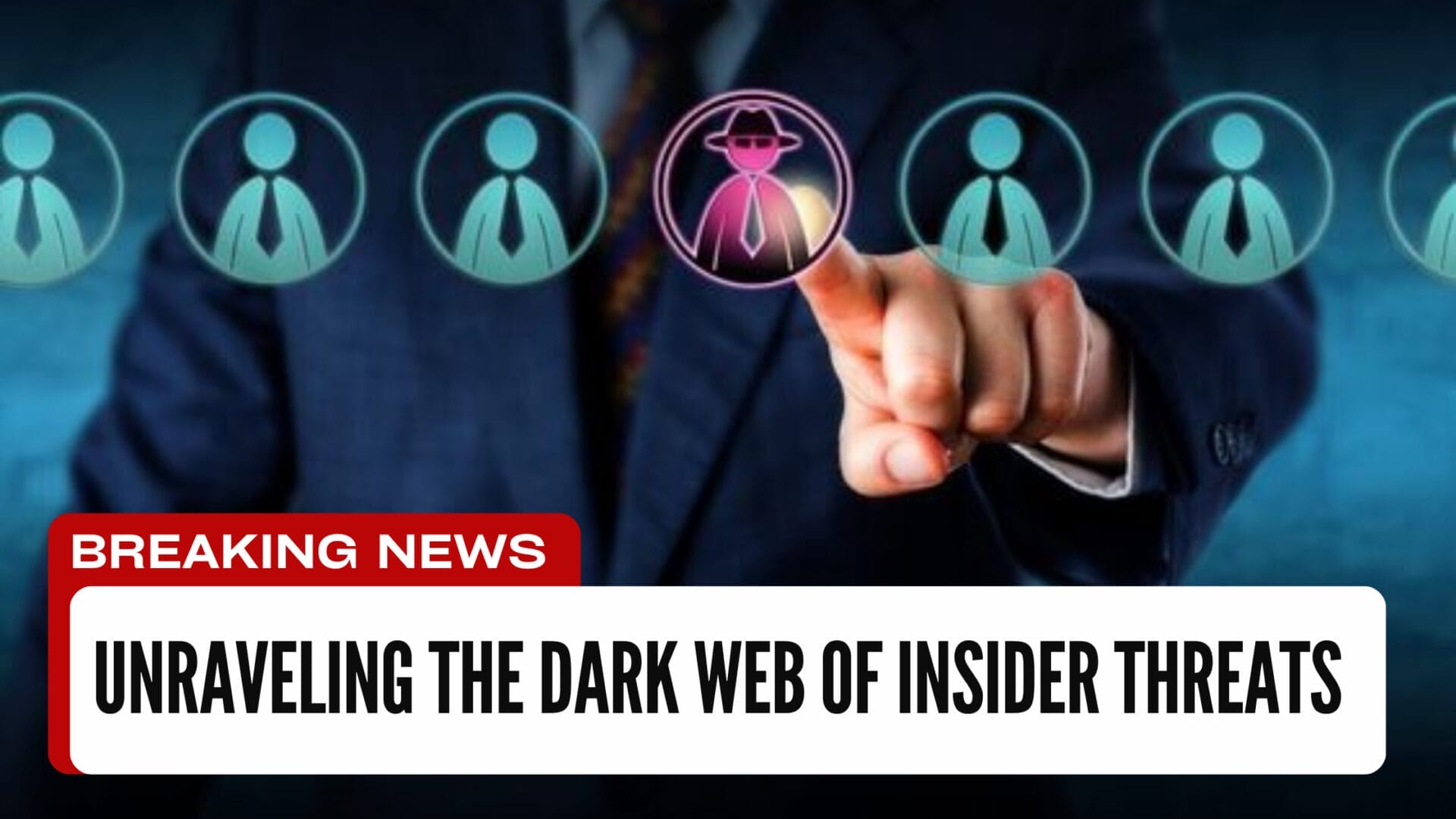Insider Threats refers to the process of understanding and uncovering the hidden and often clandestine activities carried out by insiders within organizations that pose a threat to cybersecurity. In the ever-evolving landscape of cybersecurity, the shift from loyal employees to potential cybercriminals is a troubling trend that organizations worldwide are grappling with. The threat posed by insiders who exploit their privileged access for malicious purposes has become a significant concern. The term “Dark Web” metaphorically alludes to the covert and obscured nature of these threats, where employees exploit their privileged access to compromise sensitive information, intellectual property, or critical systems.
The Insider Threats Landscape:
While companies rely on their workforce to drive success, a subset of employees may succumb to various motivations that lead them down a dangerous path. From financial gain to personal grievances, insiders can exploit their access to sensitive information, intellectual property, and critical systems. The transformation from a loyal employee to a potential cybercriminal often occurs subtly, making it challenging for organizations to detect and prevent these insider threats.
The Malaysian Government’s Perspective:
The Malaysian government recognizes the severity of insider threats and the potential impact on national security, economic stability, and the privacy of its citizens. In response to this growing concern, the government has implemented stringent cybersecurity regulations and guidelines for businesses to follow. Additionally, there is an increased focus on creating awareness and educating employees about the risks associated with insider threats.
The Danger of Insider Threats:
Insider threats pose a multifaceted danger to organizations. Not only do they jeopardize sensitive data and intellectual property, but they can also cause reputational damage and financial losses. In sectors such as finance, healthcare, and critical infrastructure, insider threats can have far-reaching consequences, impacting the well-being of the nation.
Overcoming Insider Threats:
Mitigating the risks associated with insider threats requires a comprehensive approach that combines technological solutions, employee training, and proactive monitoring. Here are some strategies to overcome insider threats:
- Implement Robust Access Controls: Limit access to sensitive information based on job roles and responsibilities. Regularly review and update access permissions to ensure they align with employees’ current roles.
- Continuous Monitoring and Behavioral Analytics: Employ advanced monitoring tools that can analyze user behavior and detect anomalies. Unusual patterns in data access or system usage can be indicative of potential insider threats.
- Employee Education and Awareness Programs: Educate employees about the risks associated with insider threats and the consequences of engaging in malicious activities. Encourage a culture of cybersecurity awareness and responsibility.
- Incident Response Planning: Develop and regularly test an incident response plan to ensure a swift and effective response to potential insider threats. This includes having protocols for investigating and addressing suspicious activities.
- Whistleblower Programs: Establish confidential channels for employees to report suspicious behavior without fear of retaliation. Whistleblower programs can be valuable in identifying potential insider threats early on.

“Cybercriminals frequently leverage specialized forums and marketplaces within the darknet to advertise job opportunities, targeting individuals with technological expertise who may be dissatisfied with conventional employment or willing to skirt legal boundaries for financial gains. These solicitations encompass a spectrum of illicit activities, ranging from hacking and data breaches to deploying malware and orchestrating ransomware campaigns.
According to Sergey Shykevich, the Threat Intelligence Group Manager at Check Point Research, hacker groups often anticipate insiders to furnish access to targeted systems, aid in circumventing security measures, and provide valuable information to facilitate successful attacks. In some instances, insiders may even be involved in attempts at physical sabotage.”
The transformation from loyal employees to cybercriminals is a challenge that organizations globally must confront. The Malaysian government’s proactive stance on cybersecurity is a step in the right direction, but businesses must also take responsibility for securing their networks and data. By adopting a holistic approach that combines technology, education, and vigilance, organizations can significantly reduce the risks posed by insider threats and safeguard their assets from potential harm.
For more in formation :




